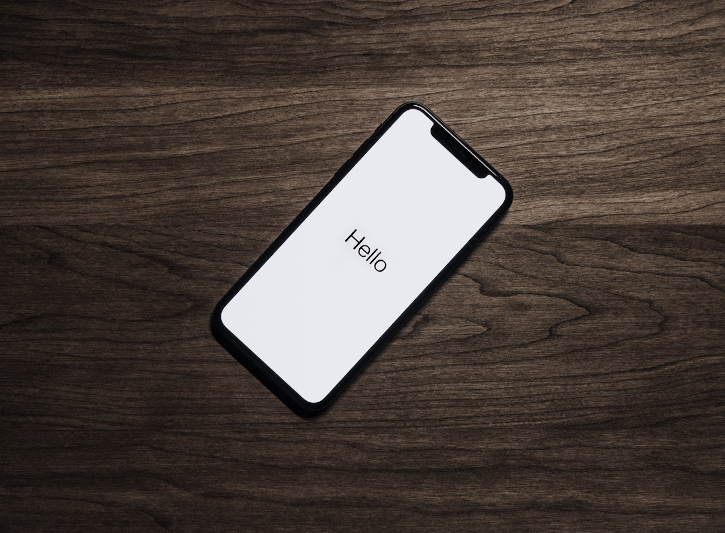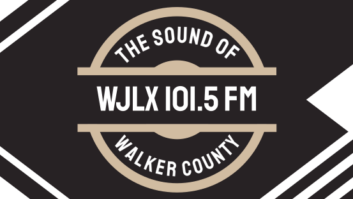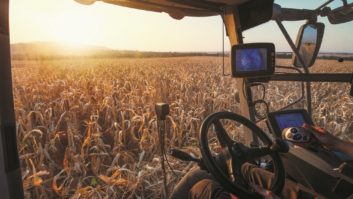The author is membership program director of the National Federation of Community Broadcasters. NFCB commentaries are featured regularly at www.radioworld.com.
How can community media better represent the diverse voices in its communities? It is an existential question that organizations have struggled with for years. New efforts, however, may push answers closer to reality.
In the early 1980s, the National Federation of Community Broadcasters hosted the first conference for producers of color in radio. It, as well as all the efforts since, was guided by the ideal of creating equity in community media institutions. Many more groups and individuals over the years have sought to create a more inclusive space, and for public media organizations to more fully represent their communities.
[Read: Community Broadcaster: Turning Off Access]
A few encouraging developments the last few weeks include:
Recently the POC Audio Directory launched, offering a listing for people of color in the media space to network and find work. The directory emerged in part after Phoebe Wang’s Third Coast awards ceremony speech, where she offered a critique of the media industry, including, “It’s really incredibly disappointing and sad to me that so much value is placed on credentials in this industry. And so little value is placed on how those credentials are achieved.”
The directory represents an important first step to address a tremendous contradiction in the noncommercial media ecosystem particularly. Many well-intentioned organizations want to be more inclusive, but may not fulfill that promise. That disconnect can come in the form of ineffective hiring practices or failing to be aware of diverse voices within and without one’s existing networks. The POC Audio Directory is a welcome effort to create visibility and opportunity.
Earlier this month, the Alliance for Community Media’s Inclusion, Engagement and Equity Caucus welcomed longtime journalist Ifanyi Bell to the ACM national conference. It is yet another among a long line of efforts to draw out a conversation on inclusion among divergent cities and towns with public, education and government broadcast licensees. As a variety of pressures ratchet up the need for greater local involvement, ACM and PEG stations are centering the diversity dialogue as never before.
Elsewhere, other media organizations are expanding their connections in creative ways. Take BirdNote. The ecology-oriented radio interstitial is tapping into schools, where the new, multicultural generation is coming up, to share radio content and its educational mission. BirdNote’s Next Generation grant program helps educators teach young people about birds, nature and more. It is a powerful way to engage students in something relevant to them – what kid is not fascinated by animals, after all – while simultaneously imparting a love for noncommercial media. BirdNote’s focus on and willingness to invest to teaching young people is inspiring as it is valuable.

In a similar vein, All Classical Portland kicked off a music stream aimed specifically at kids. “Although we are a classical music station and are excited to bring that music into children’s lives, it won’t all be classical,” Sarah Zwinklis told Current. “It’s really about exposure to other cultures, being aware of what’s happening outside of your community and hearing music in different languages.”
Terrestrial stations elsewhere are stepping up to link with new audiences. In late June, Denver community radio station KUVO launched The Drop, part of the Corporation for Public Broadcasting’s initiative intended to foster audience growth. Using an urban alternative format on its HD2 channel, KUVO is expanding beyond its traditional jazz format. “We want to put radio and the subsequent music choice back in the people’s hands,” The Drop’s content and program director Nikki Swarn is quoted in Westword. “There is a need to build with our community a station that reflects the eclectic music values and tastes of this new Colorado. The Drop is that station; it is built by the community for the community. We are excited to create a movement that is inclusive, exciting, dynamic and fresh. Plus, there’s nothing like shaking things up.”
For years, it has felt like the talk about inclusion and equity has been just that: a lot of talk. Interesting talk, certainly, but as past controversies such as at WNYC, WBUR and elsewhere have revealed, seldom demonstrated concretely. But with many producers and community media leading the charge, we may finally be on the cusp of something amazing.
[Subscribe to our newsletter and get it delivered right to your inbox.]












